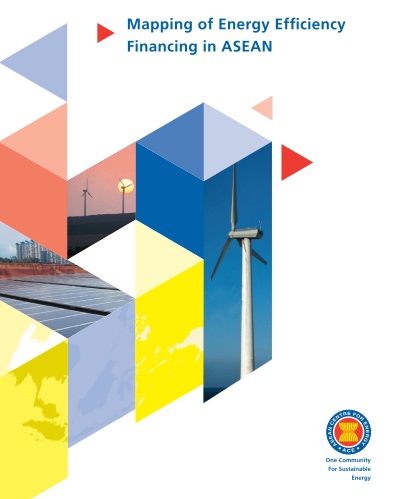Mapping of Energy Efficiency Financing in ASEAN

The ASEAN Member States (AMS) have set their collective aspirational target in the ASEAN Plan of Action for Energy Cooperation (APAEC) 2016-2025 to reduce energy intensity (EI) by 20% in 2020 and 30% in 2025 based on 2005 levels. As reported in the Joint Ministerial Statement of the 36th ASEAN Ministers on Energy Meeting (AMEM) held in Singapore in October 2018, ASEAN had achieved a 21.9% reduction in EI compared with 2005 levels in 2016, exceeding the 2020 target.
To accomplish the remaining long-term target of 30% EI reduction in 2025 based on 2005 levels, it is important for ASEAN to highlight the collaborative efforts in creating a conducive environment in attracting investments, most importantly in developing sustainable fnancing models that suit the needs of each member states.
Supporting the above matter, the ASEAN-German Energy Programme (AGEP) – a jointly implemented project by ASEAN Centre of Energy (ACE) and Deutsche Gesellschaft für Internationale Zusammenarbeit (GIZ) GmbH on behalf of the German Federal Ministry for Economic Cooperation and Development (BMZ) – has conducted a study that maps the landscape of energy efficiency in ASEAN, particularly in the relevance of its financing framework.
This study reviews the AMS targets, energy consumption, institutional and policy frameworks, key stakeholders, and various fnancial support mechanisms available for Energy Effciency and Conservation (EE&C) to better understand the status, progress, and key success factor of their implementation.